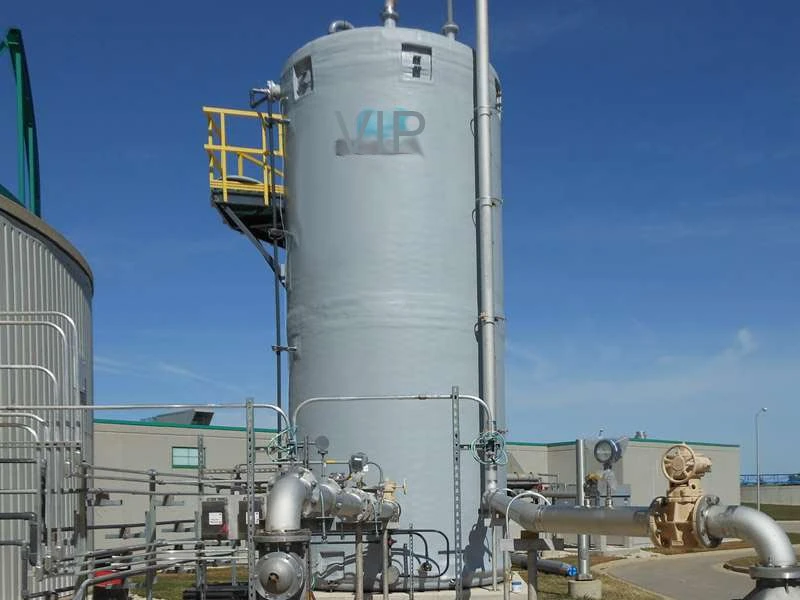
-
 Afrikaans
Afrikaans -
 Albanian
Albanian -
 Amharic
Amharic -
 Arabic
Arabic -
 Armenian
Armenian -
 Azerbaijani
Azerbaijani -
 Basque
Basque -
 Belarusian
Belarusian -
 Bengali
Bengali -
 Bosnian
Bosnian -
 Bulgarian
Bulgarian -
 Catalan
Catalan -
 Cebuano
Cebuano -
 China
China -
 China (Taiwan)
China (Taiwan) -
 Corsican
Corsican -
 Croatian
Croatian -
 Czech
Czech -
 Danish
Danish -
 Dutch
Dutch -
 English
English -
 Esperanto
Esperanto -
 Estonian
Estonian -
 Finnish
Finnish -
 French
French -
 Frisian
Frisian -
 Galician
Galician -
 Georgian
Georgian -
 German
German -
 Greek
Greek -
 Gujarati
Gujarati -
 Haitian Creole
Haitian Creole -
 hausa
hausa -
 hawaiian
hawaiian -
 Hebrew
Hebrew -
 Hindi
Hindi -
 Miao
Miao -
 Hungarian
Hungarian -
 Icelandic
Icelandic -
 igbo
igbo -
 Indonesian
Indonesian -
 irish
irish -
 Italian
Italian -
 Japanese
Japanese -
 Javanese
Javanese -
 Kannada
Kannada -
 kazakh
kazakh -
 Khmer
Khmer -
 Rwandese
Rwandese -
 Korean
Korean -
 Kurdish
Kurdish -
 Kyrgyz
Kyrgyz -
 Lao
Lao -
 Latin
Latin -
 Latvian
Latvian -
 Lithuanian
Lithuanian -
 Luxembourgish
Luxembourgish -
 Macedonian
Macedonian -
 Malgashi
Malgashi -
 Malay
Malay -
 Malayalam
Malayalam -
 Maltese
Maltese -
 Maori
Maori -
 Marathi
Marathi -
 Mongolian
Mongolian -
 Myanmar
Myanmar -
 Nepali
Nepali -
 Norwegian
Norwegian -
 Norwegian
Norwegian -
 Occitan
Occitan -
 Pashto
Pashto -
 Persian
Persian -
 Polish
Polish -
 Portuguese
Portuguese -
 Punjabi
Punjabi -
 Romanian
Romanian -
 Russian
Russian -
 Samoan
Samoan -
 Scottish Gaelic
Scottish Gaelic -
 Serbian
Serbian -
 Sesotho
Sesotho -
 Shona
Shona -
 Sindhi
Sindhi -
 Sinhala
Sinhala -
 Slovak
Slovak -
 Slovenian
Slovenian -
 Somali
Somali -
 Spanish
Spanish -
 Sundanese
Sundanese -
 Swahili
Swahili -
 Swedish
Swedish -
 Tagalog
Tagalog -
 Tajik
Tajik -
 Tamil
Tamil -
 Tatar
Tatar -
 Telugu
Telugu -
 Thai
Thai -
 Turkish
Turkish -
 Turkmen
Turkmen -
 Ukrainian
Ukrainian -
 Urdu
Urdu -
 Uighur
Uighur -
 Uzbek
Uzbek -
 Vietnamese
Vietnamese -
 Welsh
Welsh -
 Bantu
Bantu -
 Yiddish
Yiddish -
 Yoruba
Yoruba -
 Zulu
Zulu
frp car
Exploring the Rise of FRP Cars A Revolution in Automotive Design
In recent years, the automotive industry has witnessed a significant transformation driven by the demand for lighter, stronger, and more efficient vehicles. Among the innovations spearheading this change is the introduction of Fiber Reinforced Plastic (FRP) in car manufacturing. This material, known for its exceptional strength-to-weight ratio and versatility, is revolutionizing the way we think about automotive design and performance.
What is FRP?
Fiber Reinforced Plastic, or FRP, is a composite material made by combining a polymer matrix with fibers—commonly glass, carbon, or aramid. The result is a lightweight, durable, and corrosion-resistant material that can be molded into complex shapes. This characteristic makes FRP particularly appealing to the automotive industry, where vehicle aerodynamics and performance are of utmost importance.
The Advantages of FRP in Automotive Manufacturing
1. Weight Reduction One of the primary advantages of using FRP in car production is its ability to significantly reduce vehicle weight. Lighter cars not only perform better but also consume less fuel, making them more environmentally friendly. For instance, a car constructed with FRP panels can weigh up to 30% less than its traditional steel counterpart, leading to improved acceleration and handling.
2. Corrosion Resistance Traditional materials like steel are susceptible to rust and corrosion over time, which can compromise a vehicle’s integrity and safety. FRP, on the other hand, is inherently resistant to corrosion, extending the lifespan of automotive components and reducing maintenance costs.
.
4. Impact Resistance Cars made from FRP can withstand greater impacts without deforming. This feature is especially crucial in ensuring passenger safety, as FRP materials can absorb more energy during collisions.
frp car

Current Applications of FRP in the Automotive Industry
The adoption of FRP technology is gaining momentum, with manufacturers increasingly incorporating this material into their designs. High-performance and luxury cars, such as those produced by brands like Lamborghini and Ferrari, have long utilized carbon fiber composites to enhance performance and aesthetics. More recently, mainstream manufacturers are also recognizing the benefits of FRP.
For example, some car models now feature FRP components, such as body panels and interior parts. Electric vehicles (EVs) are particularly well-suited for FRP integration due to their emphasis on weight reduction to maximize battery efficiency and range. Companies like Tesla and BMW are exploring the use of FRP in various aspects of their electric models.
Challenges and Future Outlook
Despite its many benefits, the widespread adoption of FRP in car manufacturing is not without challenges. The production processes for FRP can be complex and costly, and recycling these materials poses additional difficulties. However, advancements in manufacturing technologies and growing environmental awareness are paving the way for more sustainable practices in FRP use.
As research continues and the automotive industry evolves, the potential of FRP is becoming even more apparent. With the rise of autonomous vehicles and a focus on sustainability, FRP will likely play a pivotal role in the next generation of automotive design. It promises to deliver not only lighter and faster vehicles but also models that meet the stricter environmental regulations being implemented worldwide.
Conclusion
The integration of Fiber Reinforced Plastic into the automotive industry marks a significant milestone in the pursuit of innovative and sustainable vehicle design. With its numerous benefits—such as weight reduction, corrosion resistance, and design flexibility—FRP is poised to become a staple material in modern automotive manufacturing. As the industry progresses toward more innovative solutions to meet consumer demands, FRP's importance will only continue to grow, shaping the future of driving and transportation.
Latest news
-
Exploring the Benefits of Top Hammer Drifter Rods for Enhanced Drilling PerformanceNewsJun.10,2025
-
High-Precision Fiberglass Winding Machine for GRP/FRP Pipe Production – Reliable & Efficient SolutionsNewsJun.10,2025
-
FRP Pipes & Fittings for Shipbuilding - Corrosion-Resistant & LightweightNewsJun.09,2025
-
Premium FRP Flooring Solutions Durable & Slip-ResistantNewsJun.09,2025
-
Premium Fiberglass Rectangular Tanks Durable & Lightweight SolutionNewsJun.09,2025
-
Tapered Drill String Design Guide Durable Performance & UsesNewsJun.09,2025









